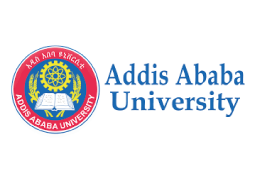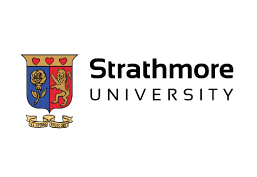Geothermal Atlas For Africa: African and European Partners build long lasting connections to develop sustainable geothermal energy production
Geothermal Atlas For Africa News
As part of the LEAP-RE Portfolio, the pr...
Continue →Since the lastest progress in the projec...
Continue →GEOTHERMAL ATLAS FOR AFRICA : Technical progress, socio-economic context analysis and capacity buidling.
Geothermal Atlas For Africa News
To adress the objective to define t...
Continue →Updates from the Geothermal Atlas for Africa project (LEAP-RE Pillar 2)
Geothermal Atlas For Africa News
Africa is still a continent where geothe...
Continue →























